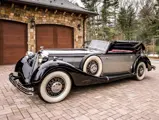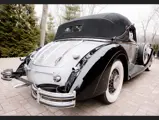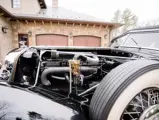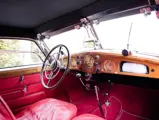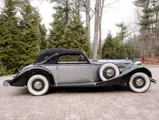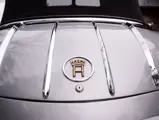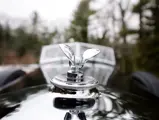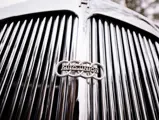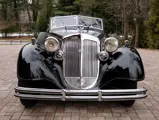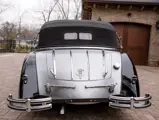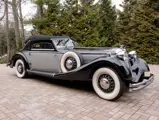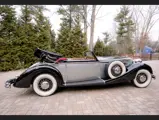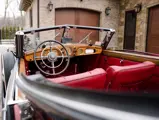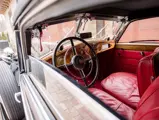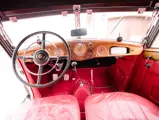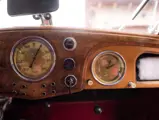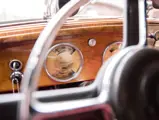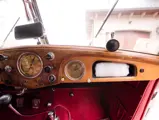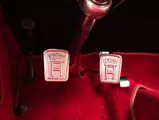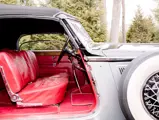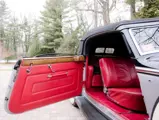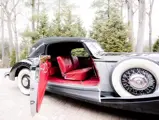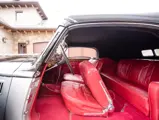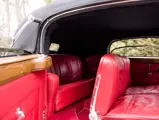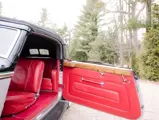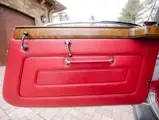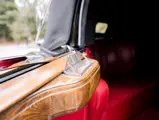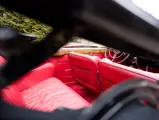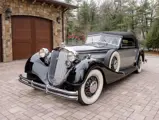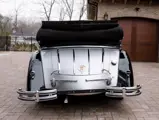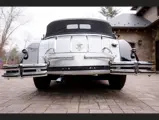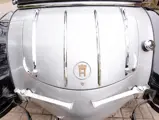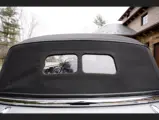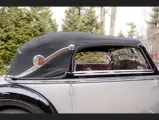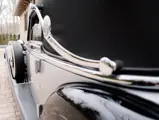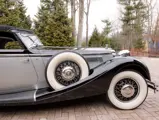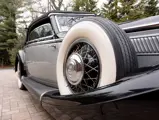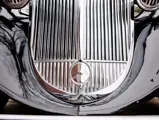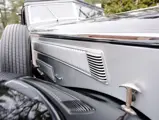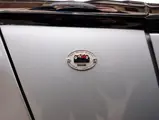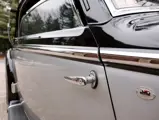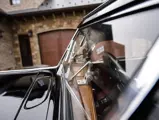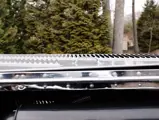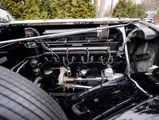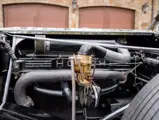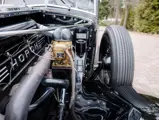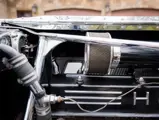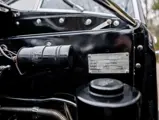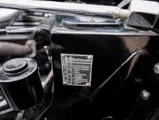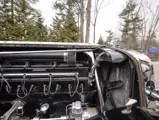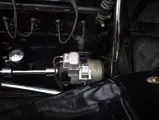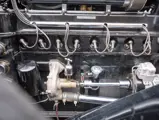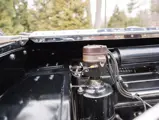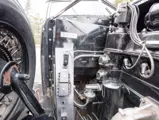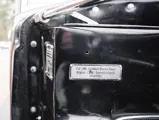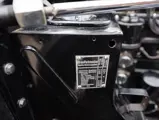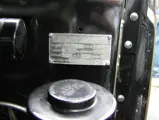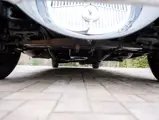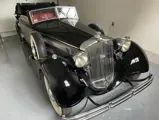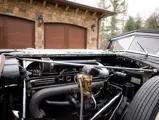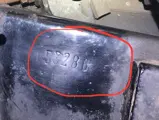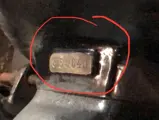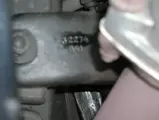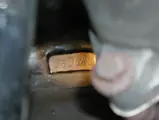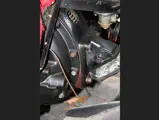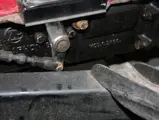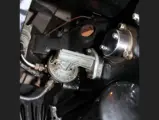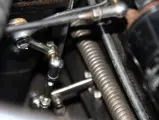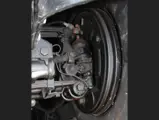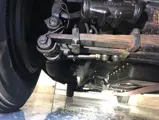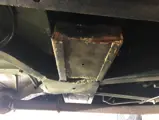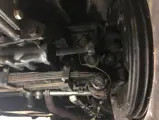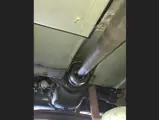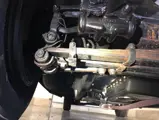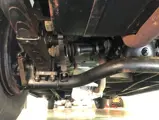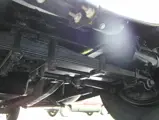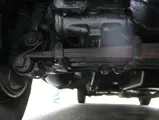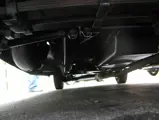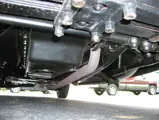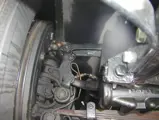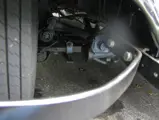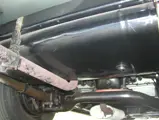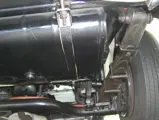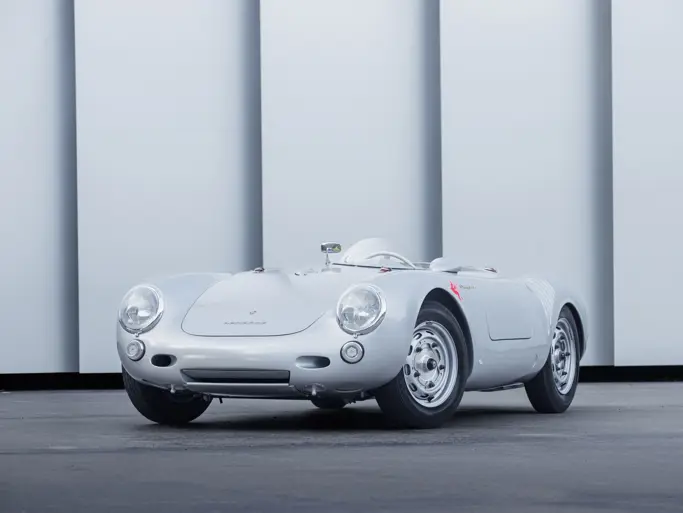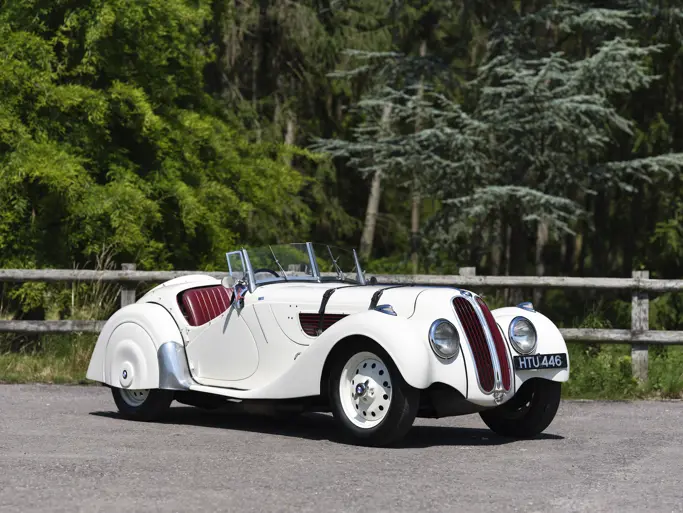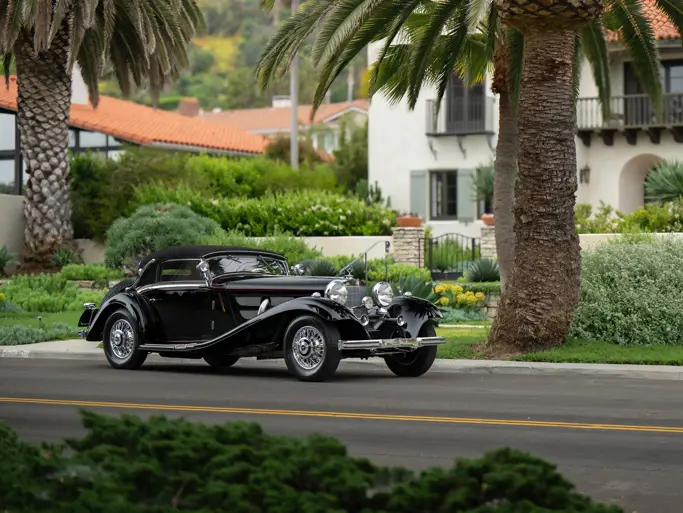Fort Lauderdale 2022
1938 Horch 853 Sport Cabriolet
{{lr.item.text}}
$374,000 USD | Sold
 | Fort Lauderdale, Florida
| Fort Lauderdale, Florida
{{internetCurrentBid}}
{{internetTimeLeft}}

- One of very few late-production examples of Horch’s marquee model
- Among the finest, most luxurious, and desirable German pre-war designs
- Powered by a 4.9-liter straight-eight-cylinder engine; ZF four-speed transmission
- CCCA National First Prize Award Winner, 1983
- Has resided in Massachusetts since around 1946; just two recorded owners since 1980
- Benefits from a previous restoration
In the saga of pre-war German automakers, there are two exceptionally important companies who—despite their intense competition—were inexorably linked through a flux of remarkable designs, technological breakthroughs, and, also, personnel. Though the intertwined stories of Horch and Mercedes-Benz are both far too involved to adequately cover here, suffice to say that from 1904 until 1940, these two marques rivaled each other on the race track (for victories), and in the poshest neighborhoods and fastest autobahns throughout continental Europe (for prestige).
Founded by former Benz production manager August Horch in 1904, his eponymous company was quickly the sole domestic competitor to the “three-pointed star” within the market of fine luxury and sports cars. By 1910, Horch had reincorporated under the Audi name, and by 1932 had merged his brand with three others to found the “Auto Union” conglomerate.
The marquee range found in Horch catalogues of the late 1930s was based on the fully developed straight eight-cylinder engines; these reached their absolute pinnacle between 1937 and 1940 with the Type 853 and 951. This engine was nearly five liters in capacity, and the 853 employed double-jointed rear axle shafts that were pioneered on the Porsche-designed Auto Union racing cars, providing fully independent de Dion-type rear suspension. Front suspension consisted of an upper A-arm, with the lower hub being carried by a pair of transverse leaf springs. Vacuum-assisted hydraulic brakes were standard. Although not supercharged like its main rival—the Mercedes-Benz 540K—the 853 models do have overdrive, which closes the performance gap.
Dresden’s Gläser provided the standard body design and construction, though production was partially shared with the Auto Union’s own bodyworks, which utilized Gläser styling. The result was a beautifully dressed, highly advanced chassis for the time, and one that would not be matched by most other car manufacturers until well after World War II.
853 SPORT CABRIOLET NUMBER 286
Like so many esteemed pre-war German automobiles, this 1938 853 Sport Cabriolet’s (chassis 853286) early history is unknown. Its chassis number and engine number are appropriate for a very late-production example of those 647 completed between January 1935 and September 1937. Its current body (which is believed to be original to this car) is a match to those Auto Union bodies executed to Gläser’s striking design and beautifully rendered proportions.
The consignor states that it was reportedly abandoned by the Wehrmacht and soon thereafter requisitioned by a US Army Colonel, who then imported it stateside to Massachusetts and kept it for nearly 35 years. By 1980, it had passed to Dr. Andrew J. Dadagian Sr. of Marion, Massachusetts. With Dadagian, it earned a CCCA National First Prize Award during the 1983 Massachusetts Grand Classic. At some point during Dadagian’s early ownership, he consigned this spectacular Horch for a complete restoration, which it still wears today. Since entering the consignor’s collection from Dr. Dadagian in July 2006, this 853 Sport Cabriolet has been rarely enjoyed and carefully maintained as required.
The Horch 853 Sport Cabriolet is, without reproach, one of the finest and most sought-after pre-war German designs. As the closet contemporary competitor to Mercedes-Benz’s vaunted 540K, this remarkable and rarely seen Horch specimen is an appreciable opportunity to secure a fascinating and comparably sporting model at a fraction of the price.

